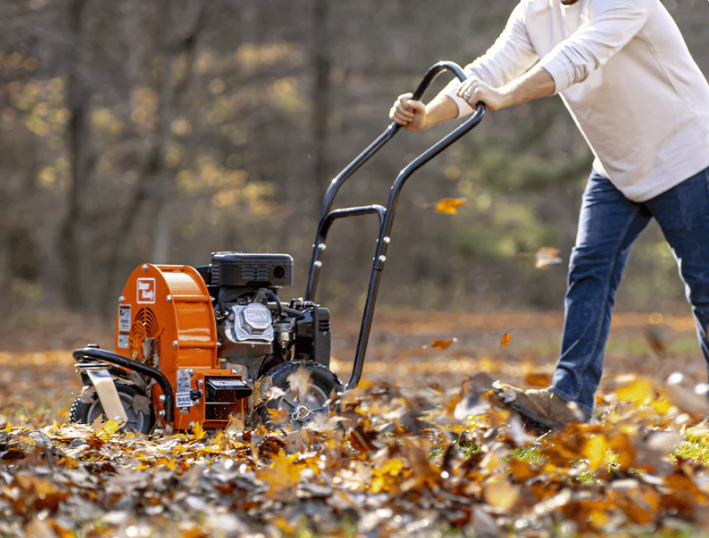
You want your engine leaf blower to work every time you need it. Regular engine leaf blower maintenance keeps your equipment in top shape. Most leaf blower maintenance tasks feel simple and quick. You can handle them at home. When you take care of your engine leaf blower, you enjoy better performance and a longer lifespan. No one likes costly repairs, so engine leaf blower maintenance helps you avoid that. You get more years out of your engine leaf blower with just a little effort.
Engine Leaf Blower Maintenance Tips
Cleaning After Use
You want your engine leaf blower to last for years. Start with a simple habit: clean your blower after every use. Wipe down the outside with a damp cloth to remove leaves and debris. Dirt and dust can build up fast, so regular cleaning and inspection help keep your machine running smoothly. If you see any stuck grass or mud, use a soft brush to clean those areas. Always disconnect the spark plug before you start cleaning. This step keeps you safe and prevents the blower from starting by accident.
Tip: Never use a hose or soak your blower in water. Water can damage the engine and other parts.
Air Filter Care
A clean air filter lets your engine breathe. If the filter gets dirty, your blower works harder and uses more fuel. You should check the air filter often, especially during heavy use. Remove the cover and take out the filter. Tap it gently to shake off dust. If it looks very dirty or damaged, replace it. When you check the air filter, you help your blower stay powerful and efficient. Regular cleaning and inspection of the air filter is one of the best maintenance tips you can follow.
Spark Plug Check
Your engine leaf blower needs a good spark to start and run well. Over time, the spark plug can get dirty or worn out. You should inspect the spark plug at least once a season. Remove it with a spark plug wrench. Look for signs of corrosion or black soot. If you see damage, replace the spark plug. If it just looks dirty, clean it with a wire brush. A fresh spark plug makes starting easier and keeps your blower running strong.
Oil and Fuel Maintenance
Proper fuel management is key for engine health. Always use the right oil and fuel for your blower:
For two-cycle engines, mix gas and oil at the ratio shown in your manual (usually 50:1 or 40:1).
For four-cycle engines, use straight gas with no oil mixed in.
Shake the gas-oil mix well before pouring it into the tank.
Never use gas that is more than 30 days old. Old or contaminated fuel can cause poor starting, higher fuel use, loss of power, and even sudden engine shutdowns. It can also clog filters and damage the fuel pump.
Change the oil in four-cycle blowers as recommended. If you plan to store your blower for a long time, drain the fuel tank. This step prevents stale fuel from causing problems later.
Inspecting Air Vents and Cooling Fins
Your blower’s engine needs to stay cool. Clean air vents and cooling fins help with this job. If these parts get clogged with dirt or leaves, the engine can overheat. Overheating can cause serious damage. Check the vents and fins often. Use a soft brush or compressed air to clean them. Make sure nothing blocks the airflow. Keeping these parts clean is one of the most important maintenance steps you can take.
Note: Clean air vents and cooling fins are essential for the cooling system. Regular cleaning prevents overheating and keeps your blower safe.
By following these tips and making regular maintenance a habit, you help your engine leaf blower work better and last longer. Small steps like these save you money and time in the long run.
Leaf Blower Troubleshooting
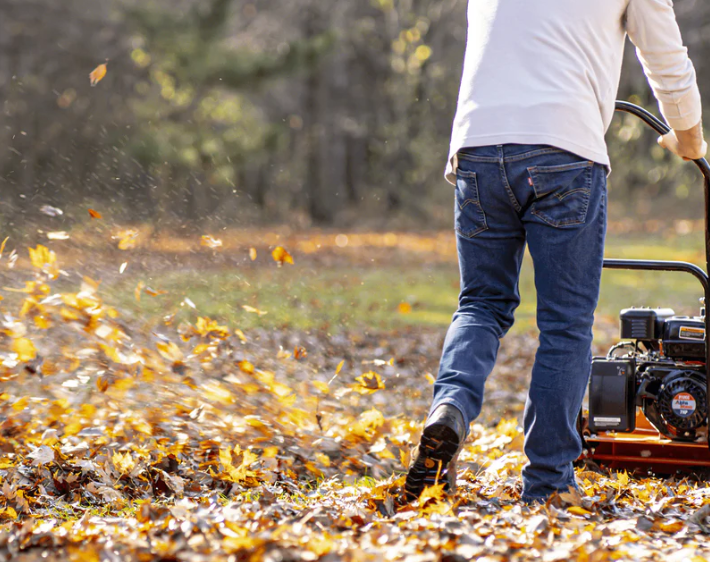
When your engine leaf blower acts up, you want quick answers. Troubleshooting helps you find problems fast and get back to work. Let’s look at some common issues and how you can fix them.
Starting Issues
You press the start button or pull the cord, but nothing happens. This problem frustrates many users. Here are the most common reasons your blower won’t start:
Stale fuel sits in the tank and loses power.
Engine flooding happens if you prime too much.
Dirty air filters block airflow.
Faulty spark plugs stop the engine from firing.
Defective batteries (for electric start models) can’t hold a charge.
Blown fuses break the electrical circuit.
Power switch contacts may not connect.
Start by checking the fuel. If it’s old, drain it and add fresh gas. Look at the air filter and clean or replace it if it’s dirty. Remove the spark plug and inspect it for damage or buildup. Replace it if needed. For electric models, test the battery and fuses. Make sure the power switch works. These steps solve most starting problems.
Tip: Always disconnect the spark plug before you inspect or clean your blower. Safety comes first.
Power Loss
Your blower starts, but it feels weak. You notice less air coming out or the engine sounds tired. Power loss can happen for several reasons:
Dirty air filter restricts airflow and reduces engine power.
Carburetor issues mess up the air-fuel mix.
Overheating from long use slows down performance.
Damaged impeller or fan can’t move air efficiently.
Here’s how you can fix power loss:
Check for debris blocking the intake or nozzle.
Open the blower housing and inspect the impeller for cracks or stuck leaves.
Clean or replace the air filter.
Look at the spark plug for wear or dirt.
Make sure the fuel lines are clear.
Adjust the carburetor if the engine sputters.
Let the blower cool down if it feels hot.
If you follow these steps, you help your blower return to efficient operation.
Unusual Noises
You hear rattling, grinding, or buzzing sounds. These noises mean something isn’t right. Common causes include:
Loose screws or bolts vibrate during use.
Sticks or stones stuck in the impeller make grinding sounds.
Worn bearings or bushings cause buzzing or squealing.
Damaged fan blades rattle or thump.
Turn off your blower and disconnect the spark plug. Check for loose parts and tighten them. Look inside the housing for debris. Spin the fan by hand to feel for rough spots. If you find worn bearings, you may need to replace them. Fixing these problems keeps your blower quiet and safe.
Note: Never ignore strange noises. Small problems can turn into big repairs if you wait too long.
Smoke or Fuel Smell
You see smoke or smell fuel when you run your blower. This issue can mean trouble for your engine. Here’s what you should do:
Check the fuel mix. Use the correct gas-to-oil ratio to prevent smoke and engine damage.
Inspect the exhaust port. Clean out any clogs to reduce smoke.
Clean the spark arrestor screen. Remove carbon deposits for better exhaust flow.
Look at the exhaust and muffler. Clear away carbon buildup that blocks gases.
Check for fuel leaks. Tighten connections and replace damaged hoses.
Inspect the piston and cylinder if smoke keeps coming.
If you fix these problems early, you protect your blower from serious damage. You also keep your yard cleaner and safer.
🚩 If you smell strong fuel or see thick smoke, stop using your blower until you find the cause.
Leaf blower troubleshooting doesn’t have to be hard. When you check the basics—fuel, air filter, spark plug, and vents—you solve most problems. Regular checks help you keep your blower running strong and ready for every job.
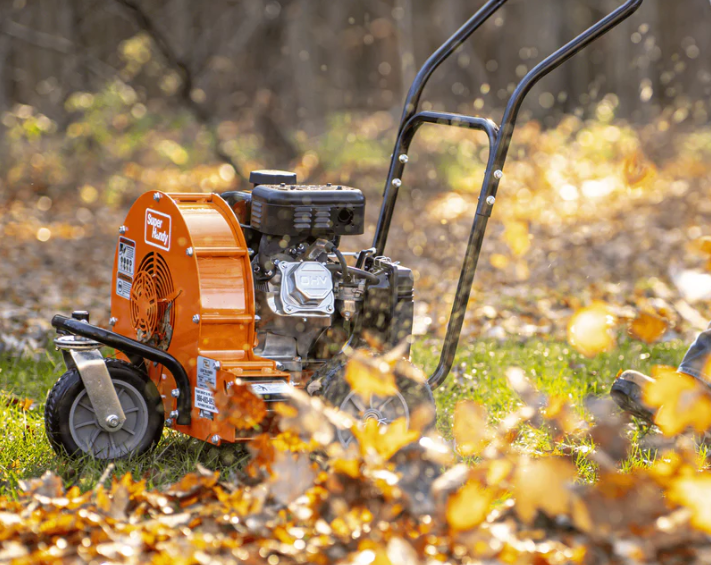
Maintenance Tips by Blower Type
Handheld Leaf Blowers
Handheld leaf blowers help make yard work simple. You can keep them working well with easy steps. Clean the air filter often. Check the spark plug to make sure it works. These jobs help your blower start fast and run strong. Handheld blowers need less care than backpack or walk-behind types. Battery-powered ones are even easier to maintain. Look at this table to see how handheld blowers compare:
Type of Blower |
Maintenance Requirements |
Lifespan Under Heavy Use |
Ideal Use Case |
|---|---|---|---|
Handheld Blowers |
Lower maintenance overall, especially electric/battery models. |
Shorter lifespan |
Seasonal homeowners or light-duty use. |
Backpack Leaf Blowers
Backpack leaf blowers are best for big yards. You should check the shoulder straps and hoses often. Cooling fins need to be clean to keep the blower safe. Backpack blowers can be hard to start sometimes. The engine may shut off if there is a problem. Spark plug or fuel system issues can cause these troubles. The design helps lower shaking and makes it comfy to use. This means you fix things less often. Here are some common problems you might see:
Maintenance Challenge |
Description |
|---|---|
Issues with the spark plug, fuel system, or mechanical parts can prevent starting. |
|
Reduced Power Output |
Poor fuel or carbon build-up can lower performance. |
Sudden Engine Shutdown |
Problems with the piston or spark plug connection may stop the engine. |
Engine Overheating |
Blocked cooling fins or bad lubrication can cause overheating. |
Walk-Behind Leaf Blowers
Walk-behind leaf blowers are made for tough jobs. You need to check the wheels and impeller a lot. Debris can build up fast in these parts. These blowers take more time to care for than other types. Follow these tips to keep them working well:
Drain the fuel or add stabilizer if it uses gas.
Clean or change the air filter.
Use fresh fuel and the right oil-to-gas mix.
Check the spark plug every year.
Clean the carburetor if it gets dirty.
Look at power cords and batteries for electric models.
Tighten all screws and bolts.
Clean the cooling fan and air vents after each use.
Leaf blowers come in many types, but regular care helps them last longer and work better for you.
Leaf Blower Storage
Off-Season Prep
You want your engine leaf blower ready for action when the next season starts. Off-season prep makes a big difference. Follow these steps to keep your blower in top shape:
Clean your blower before storing. Remove dirt, grass, and sticky sap from every part.
Oil moving parts like hinges and springs. This stops rust and keeps everything working smoothly.
Store your blower indoors in a dry spot. A garage or shed works best to avoid moisture and rust.
Drain fuel from gas-powered blowers. Old fuel can gum up the system and cause problems later.
Disconnect batteries from cordless models. Keep batteries in a cool, dry place and never overcharge them.
Sharpen blades and edges if your blower has them. Sharp blades help you get the job done faster next time.
Tip: Always check your manual for extra steps. Some models need special care before storage.
Preventing Issues
Proper storage helps you avoid headaches and costly repairs. You protect your blower’s engine and fuel system when you store it the right way. Here’s how good habits pay off:
Emptying the fuel tank and using fuel stabilizers keeps the fuel system safe. You won’t face clogs or damage when you start up again.
Fresh gasoline and clean oil make sure your engine starts easily and runs strong after storage.
Good fuel management means fewer problems with starting and performance. You spend less time fixing and more time working.
Proper storage also stops rust and corrosion. Your blower lasts longer and works better every season.
🚩 Don’t forget to check for leaks or loose parts before you put your blower away. Small problems can get worse if you ignore them.
You set yourself up for success when you make proper storage and fuel management part of your routine. Your engine leaf blower will be ready whenever you need it.
Doing regular maintenance helps your engine leaf blower work well. These tips stop problems and help your blower perform its best. Try to use these habits every time you do yard work. You will save time, money, and energy. Your blower will be ready whenever you need it.


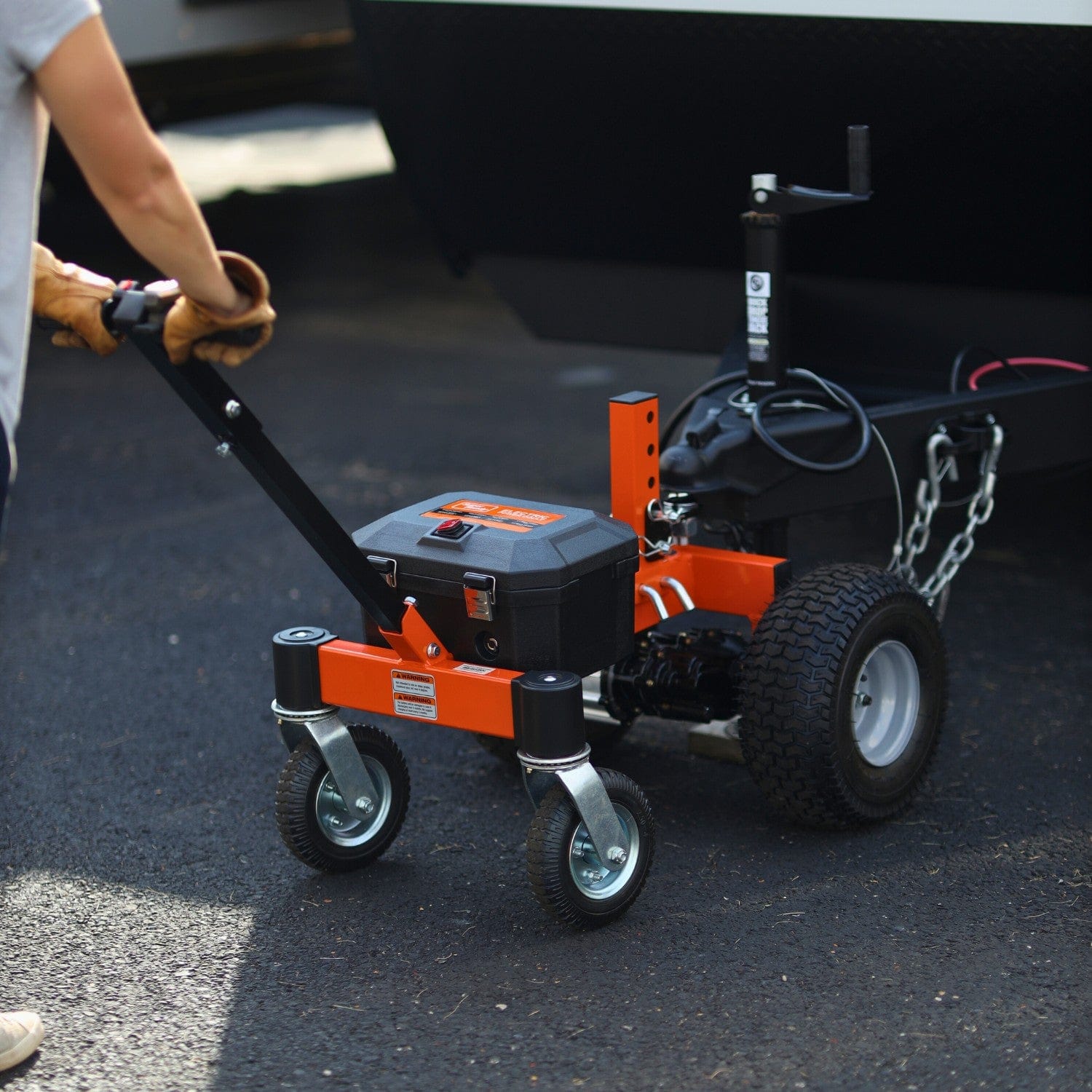
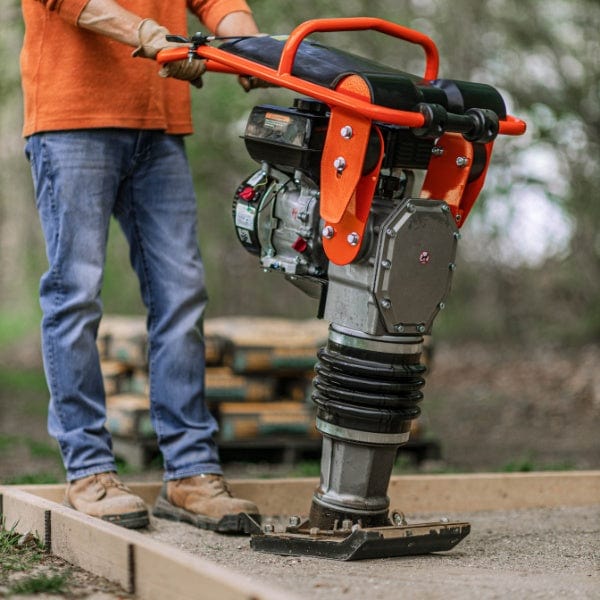
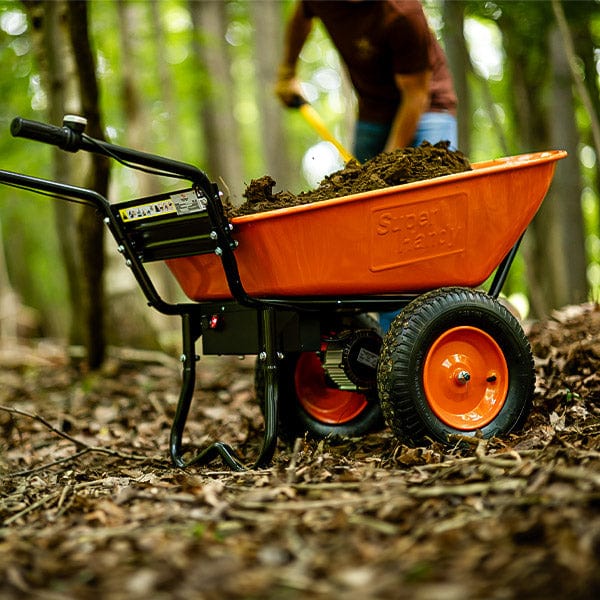


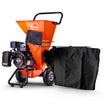
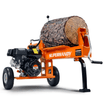
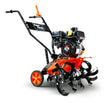
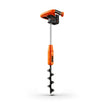
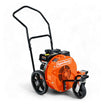
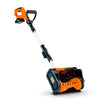
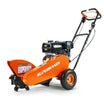
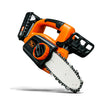
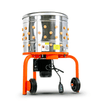
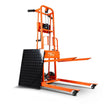
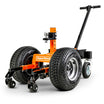
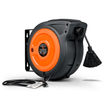
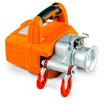
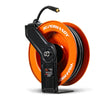

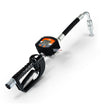

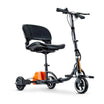
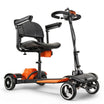

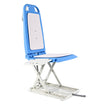

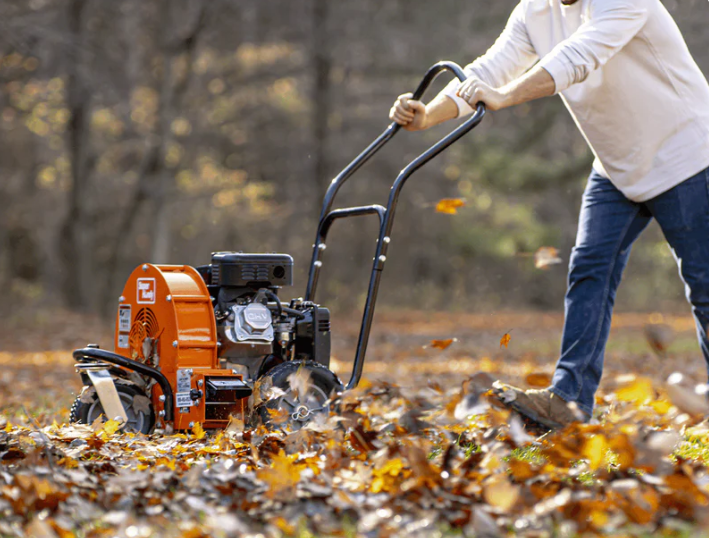
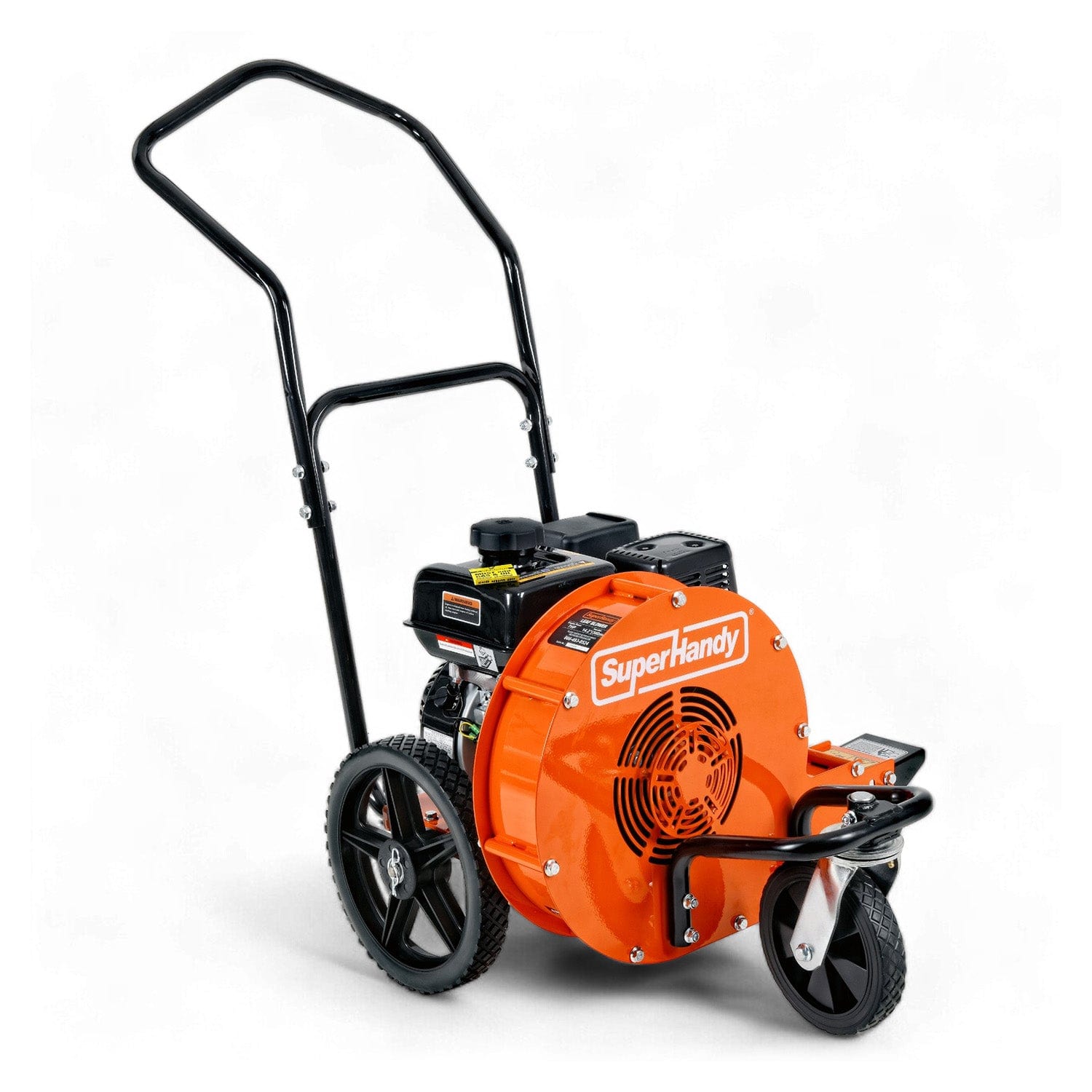
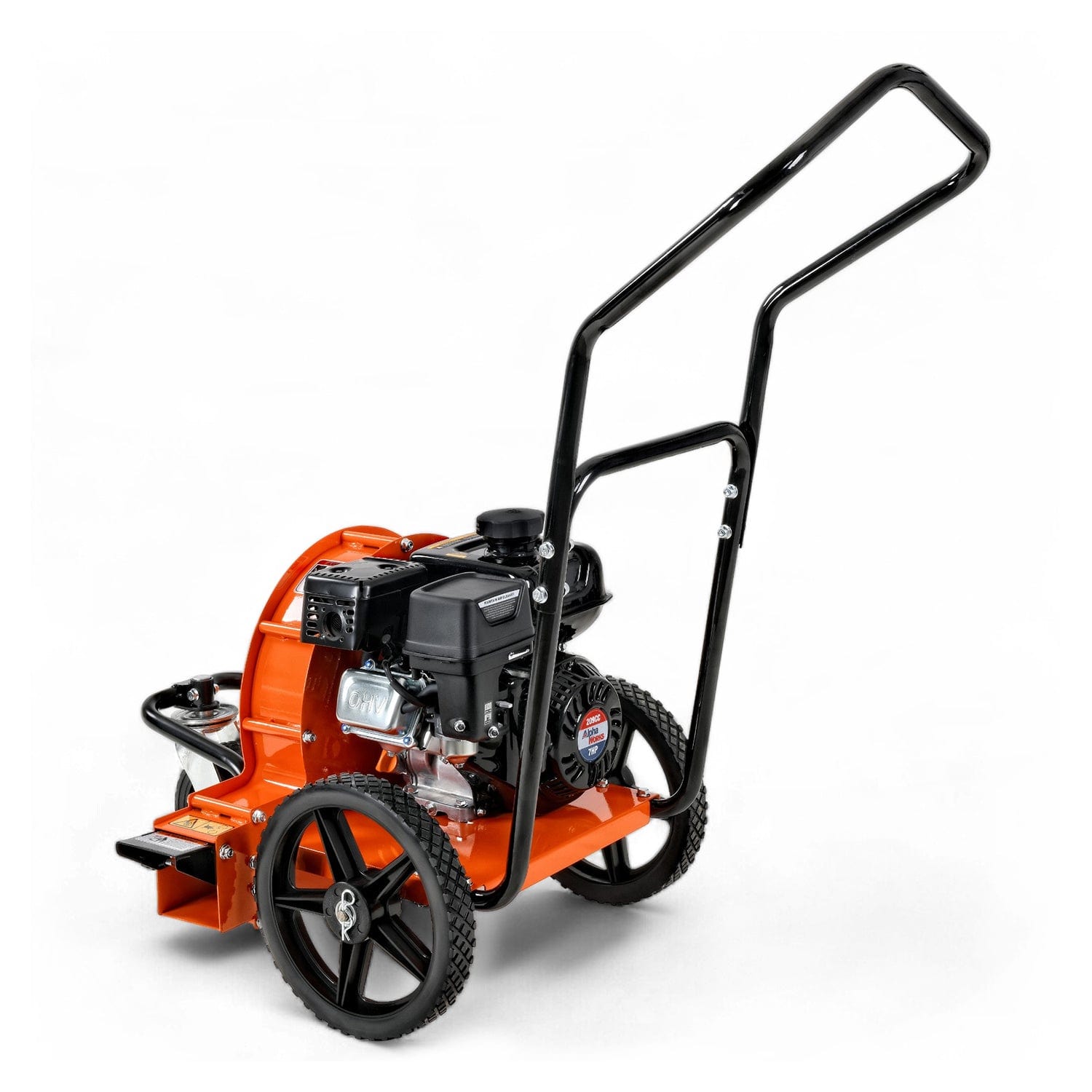
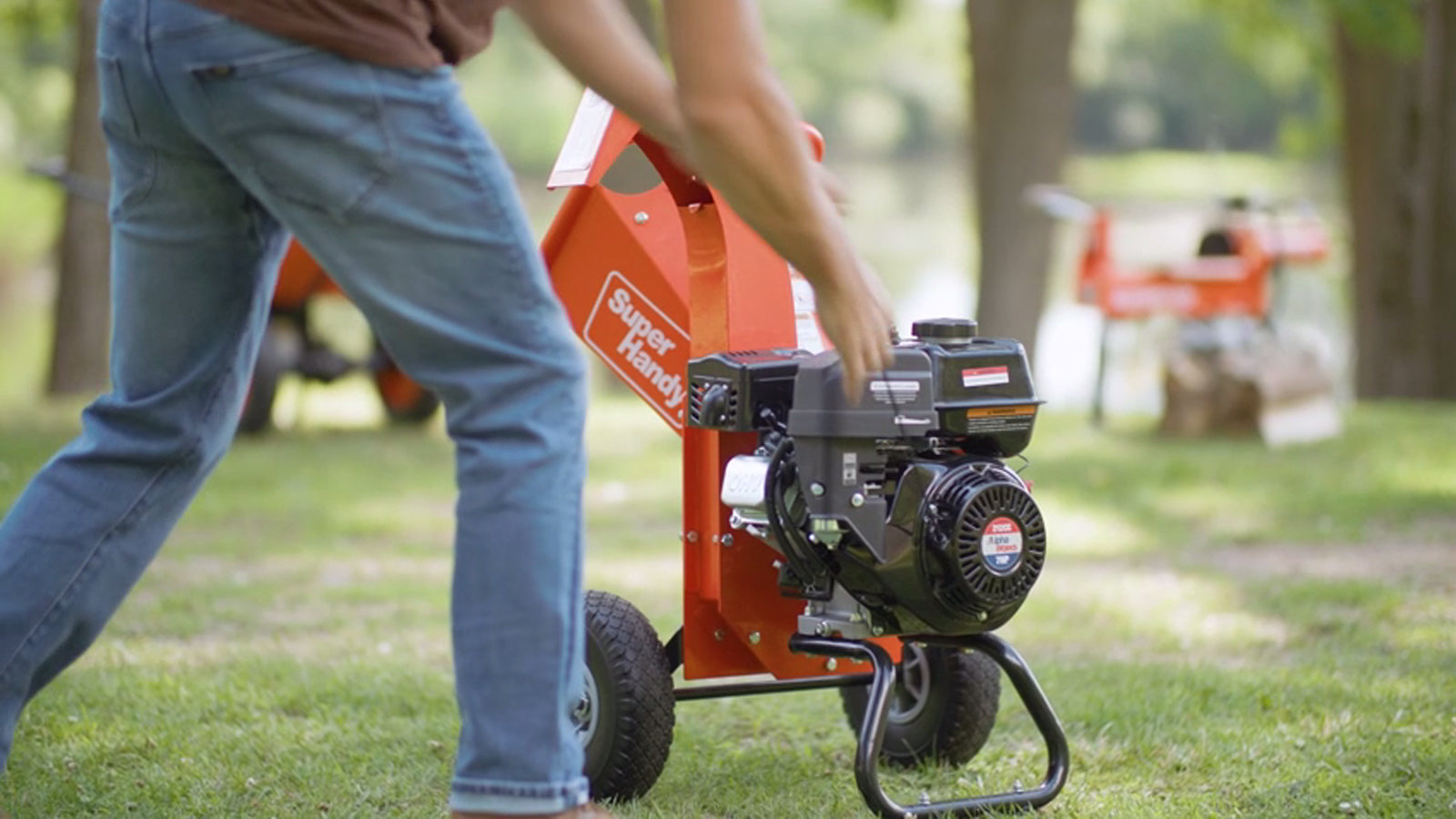
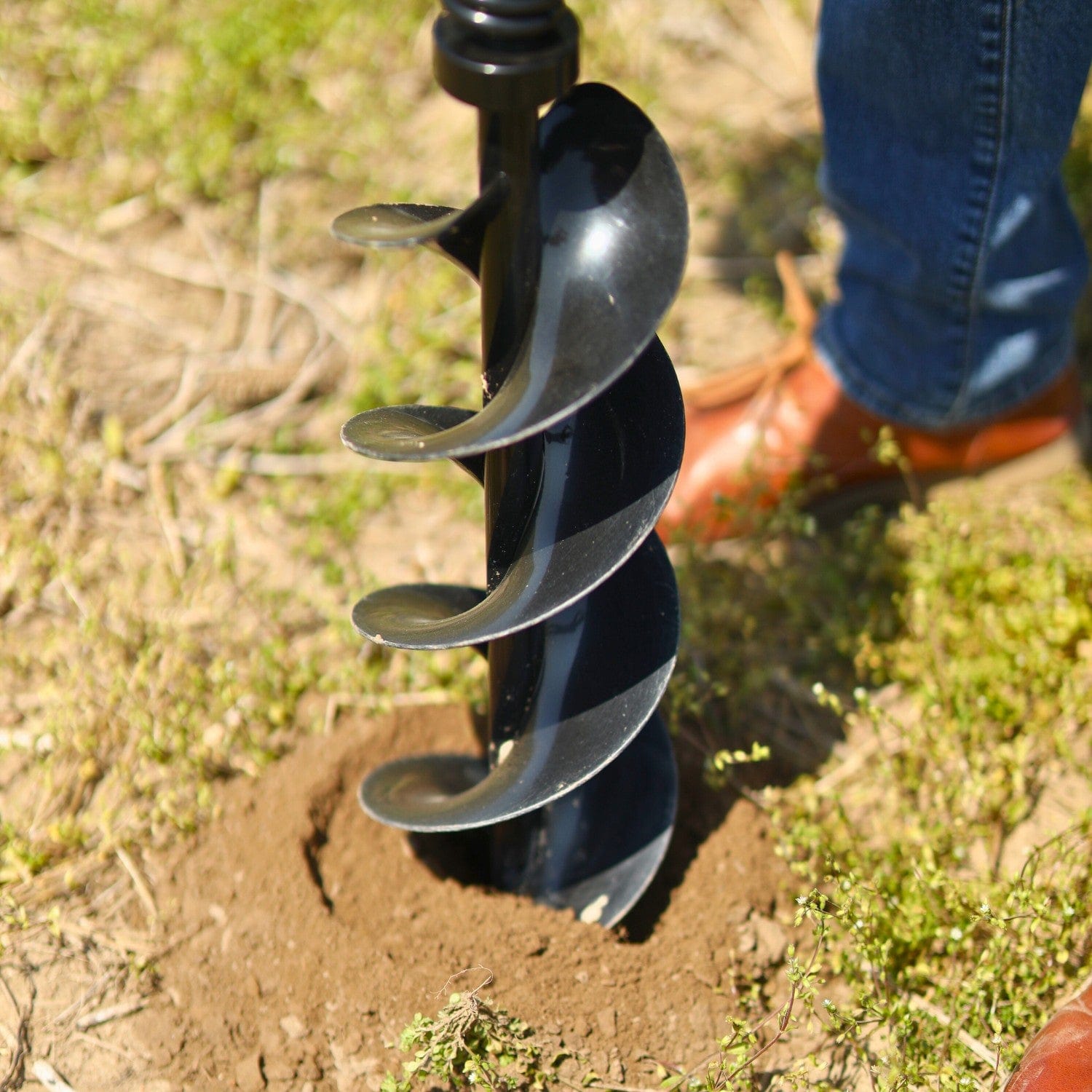
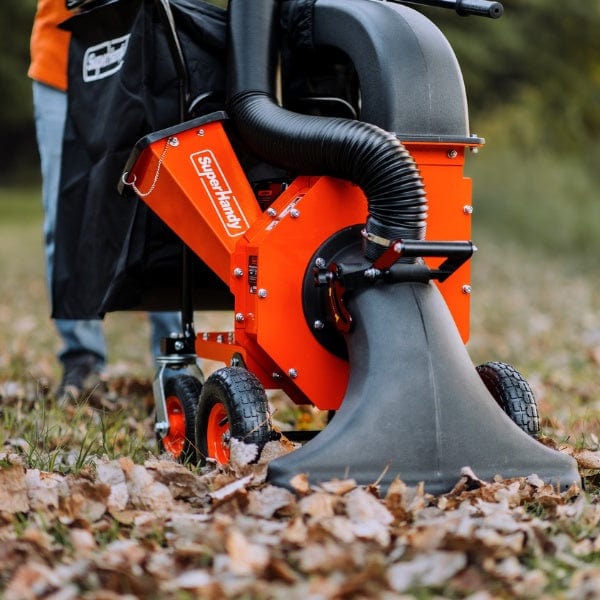
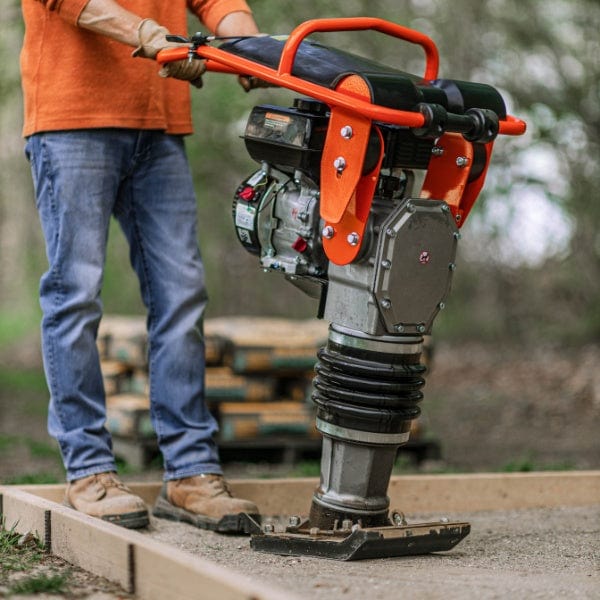


Leave a comment
All comments are moderated before being published.
This site is protected by hCaptcha and the hCaptcha Privacy Policy and Terms of Service apply.